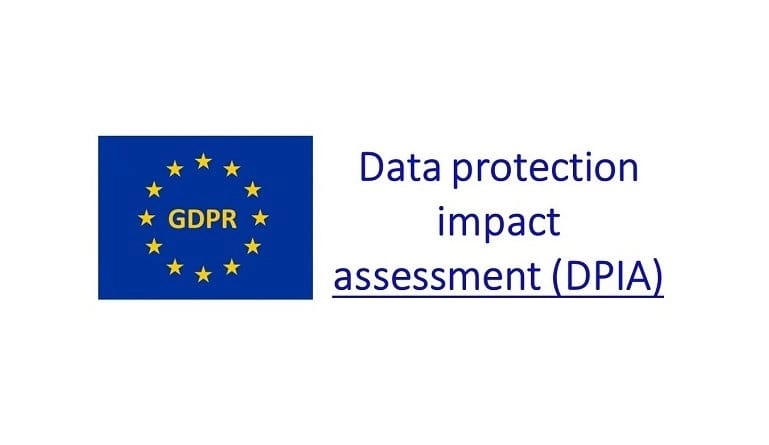A successful DPIA will ensure that you’re GDPR compliant.
The deadline for being GDPR compliant to approaching quickly so if you haven’t already done so, implement a DPIA right away.
With the general data protection regulation going into effect soon, it is important that your company implements a data protection impact assessment to ensure that you’re GDPR compliant. A DPIA must be carried out by organizations where an existing processing operation “is likely to result in a high risk to the rights and freedoms of individuals” as stated by the GDPR mandate. As long as your company follows these six stages of DPIA, you’ll be sure to verify that you’re compliant with the new regulation and avoid any penalties.
Data Protection Requirements of the GDPR
The first step is to determine whether you even need to perform a GDPR impact assessment. If you determine that the inherent risks of the processing operation require you to undertake a DPIA, then it is in your best interest to do so. If you determine that the processing operation your company uses is not likely to result in any risk to the rights and freedoms expressly protected by the new regulation, then you are probably already operating within the new standard.
With the new GDPR protection, the new standard requires your company to be able to describe how customer information is collected, stored, used and deleted. If any of your processing operations cannot describe the flow of information that comes in and goes out of your business, it is necessary for you to perform a DPIA.
The next step in your data protection impact assessment is to identify privacy and related risks. In this stage, you should note the range of threats and the vulnerabilities, and cross-reference them to the rights and freedoms of individuals whose data you collect and process. If the information you collect and/or process of individuals is associated with any risks or vulnerabilities, these must be addressed and fixed immediately to be GDPR compliant and avoid any legal fines.
Once you have identified all the risks and vulnerabilities in your processing operations, it’s time to decide whether you’re going to accept or reject the discovered risk. This decision will determine whether you are going to take steps to reduce the impact or likelihood of the threat to successfully exploit the vulnerability. If you feel that the risk isn’t merited, you might choose to disregard it. If it turns out to come to fruition, though, your company will be in big trouble with the new regulation.
The fifth step in your data protection impact assessment is to record the outcomes. This report must be verified and signed off by the person in your company that is responsible for ensuring that the organization is GDPR compliant. GDPR requires companies that have found vulnerabilities to submit their DPIA to the regulatory authority for consultation and any company that does not complete this can be hit with legal fees.
The final stage of your DPIA is to implement any outcomes into the project plan. You must ensure that your company is following the DPIA they conducted and that the responses to the risks are being implemented. This will be a continual task that your company must perform to ensure that they’re GDPR compliant.
GDPR is already in effect and the deadline to implement the new regulation into your business is quickly approaching. It is a great idea to get started on your GDPR compliance efforts right away if you haven’t already done so. Don’t get hit with legal fees for not being compliant with the new regulation.





